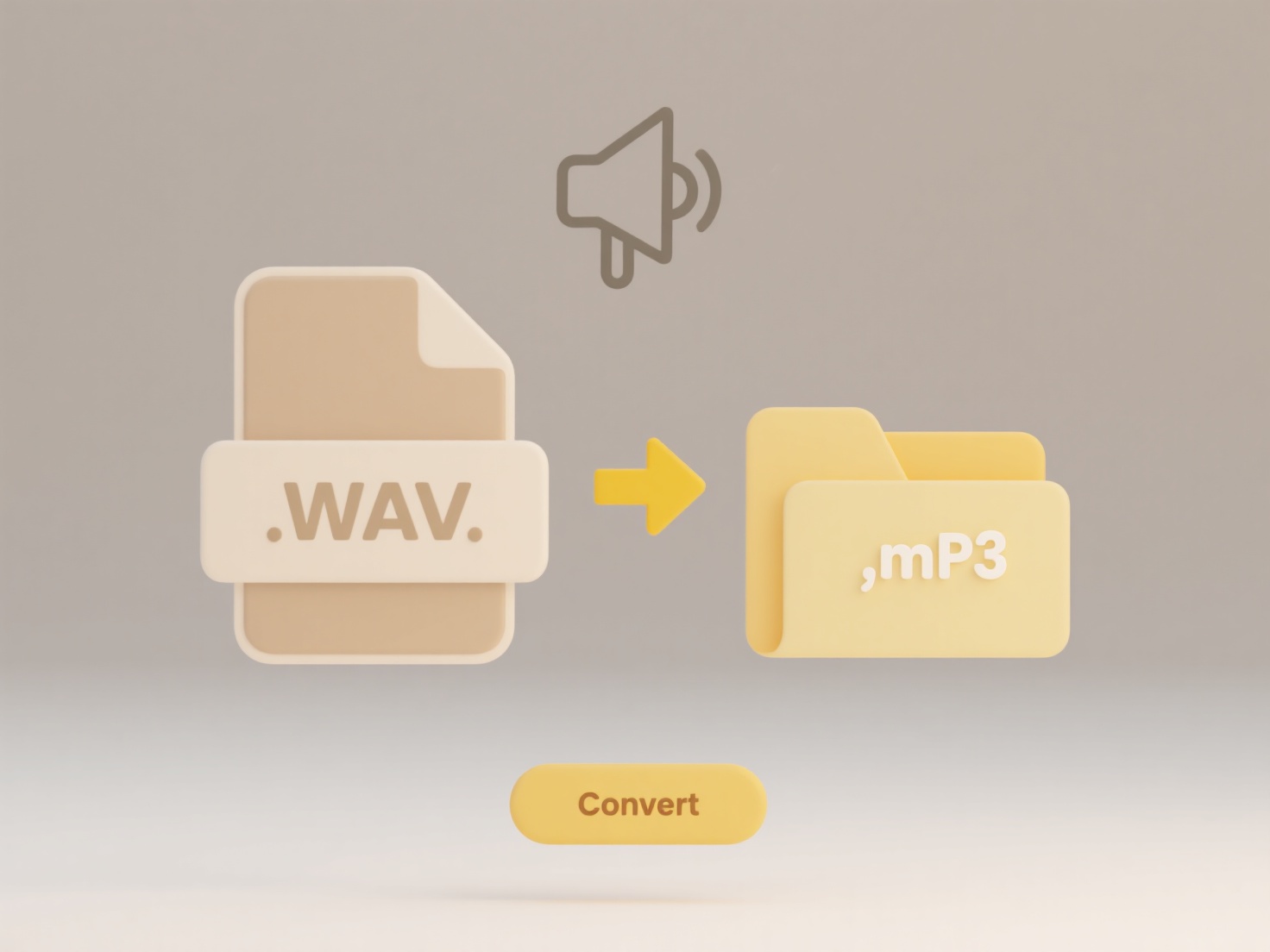
Automated file naming allows scanners and printers to assign predetermined names to documents or images upon creation, eliminating the need for manual entry each time. This is achieved through device settings or accompanying software where users can create custom naming templates that pull specific data. Unlike basic scanning or printing that often results in generic default names (like "Image1.jpg"), automation uses rules incorporating variables such as the date, time, document type, user ID, or sequence numbers.
For instance, in an office environment, a department might configure their multifunction printer to automatically name scanned invoices as "Invoice_YYYYMMDD_###.pdf", incorporating the date and a sequential number. Photography studios often use cameras or printers where exported images are named with a project code followed by a unique image sequence (e.g., "PROJECTA_0123.jpg"), saving significant editing time post-capture. This functionality relies on specific features within the scanning software (like TWAIN drivers), printer firmware settings, or dedicated applications provided by manufacturers.

The primary advantage is massive time savings and reduced human error during high-volume tasks, fostering organization and consistency. Limitations include dependency on the specific device or software capabilities, potential complexity in setting up advanced rules, and lack of intelligence to understand content for naming (e.g., automatically naming a scanned form as "Tax Form"). Future developments may leverage AI for basic content recognition in automated naming, while current limitations necessitate careful template design to avoid ambiguity.
Can I automate file naming in my scanner or printer?
Automated file naming allows scanners and printers to assign predetermined names to documents or images upon creation, eliminating the need for manual entry each time. This is achieved through device settings or accompanying software where users can create custom naming templates that pull specific data. Unlike basic scanning or printing that often results in generic default names (like "Image1.jpg"), automation uses rules incorporating variables such as the date, time, document type, user ID, or sequence numbers.
For instance, in an office environment, a department might configure their multifunction printer to automatically name scanned invoices as "Invoice_YYYYMMDD_###.pdf", incorporating the date and a sequential number. Photography studios often use cameras or printers where exported images are named with a project code followed by a unique image sequence (e.g., "PROJECTA_0123.jpg"), saving significant editing time post-capture. This functionality relies on specific features within the scanning software (like TWAIN drivers), printer firmware settings, or dedicated applications provided by manufacturers.

The primary advantage is massive time savings and reduced human error during high-volume tasks, fostering organization and consistency. Limitations include dependency on the specific device or software capabilities, potential complexity in setting up advanced rules, and lack of intelligence to understand content for naming (e.g., automatically naming a scanned form as "Tax Form"). Future developments may leverage AI for basic content recognition in automated naming, while current limitations necessitate careful template design to avoid ambiguity.
Quick Article Links
Why do I keep getting “File not found” after saving?
This error occurs when a system cannot locate a file you recently saved, despite believing the save was successful. Comm...
How do I locate a file uploaded to a shared folder?
Locating a file within a shared folder involves using the tools provided by the storage platform to find specific conten...
What is the best format for web-safe fonts?
Web-safe fonts rely on formats ensuring broad browser compatibility without requiring downloads. Formats like WOFF (Web ...